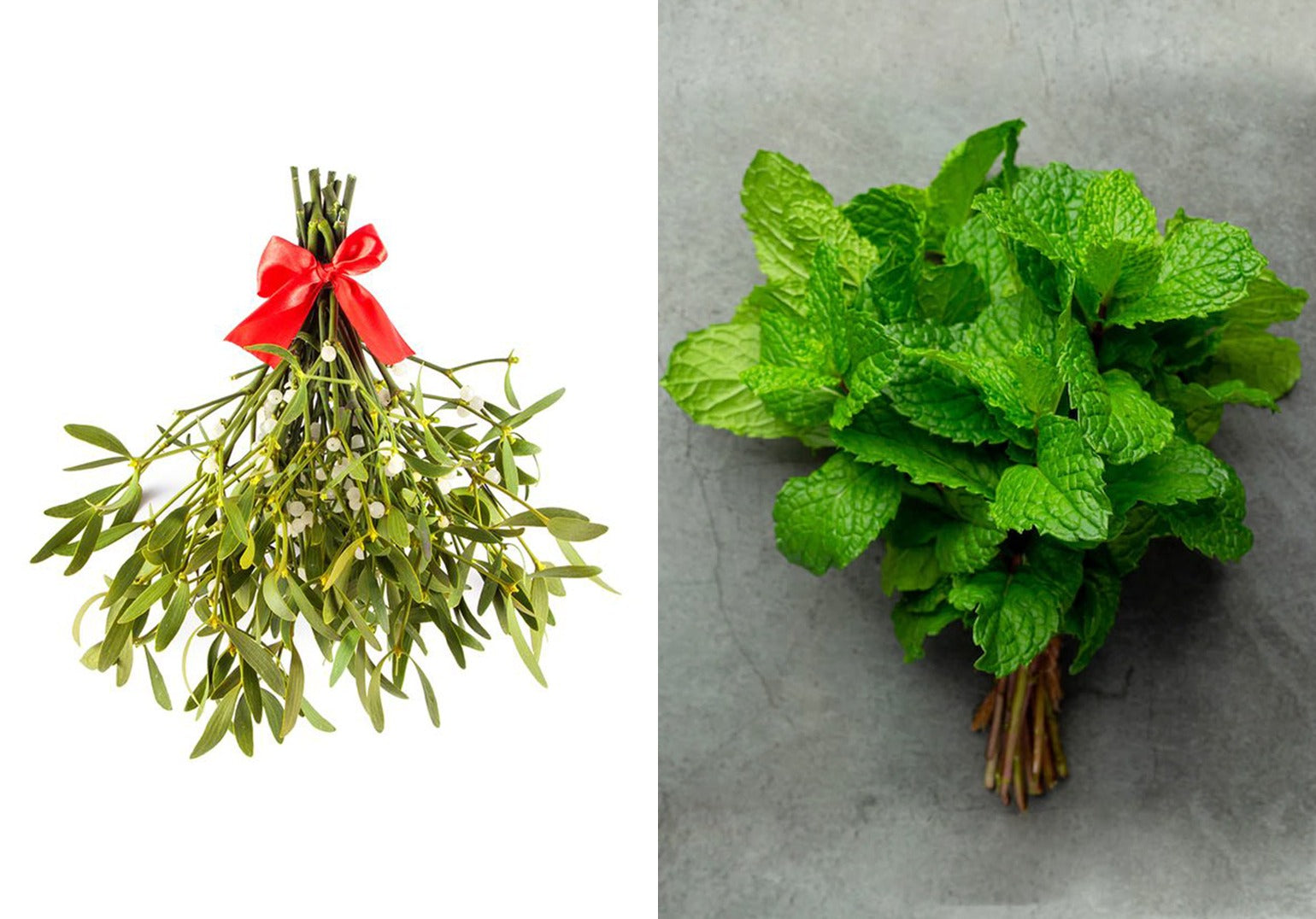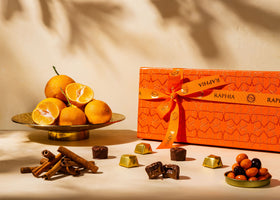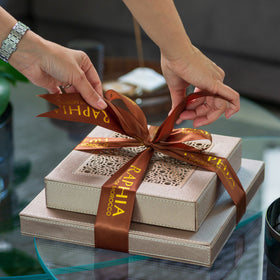
Christmas greens: From mistletoe to mint
Mistletoe is everywhere around this time of year. It weaves around the peep holes of front doors, adorns glistening Christmas trees, or hangs above dining tables as a sign of good luck. Overall, its vibrant green and scarlet berries are inherent to the imagery surrounding Christmas celebrations.
This plant has held myriad meanings to various civilizations throughout human history: The Druids considered its ability to bloom in the harshest winters as a sign of life and used it to cure infertility, while the Greeks and Romans held it as an emblem of immortality that adorned the crown of Diana,
Goddess of the Moon.
Today, people around the world hope to find themselves standing underneath the mistletoe with a person they love during the Christmas season. But how did this tradition come to be?
The answer lies in the fascinating Norse story of Figg, the Goddess of love, and her son Baldur, God of the Summer Sun, who believed that all creatures of nature wanted him dead. Faced with her son’s imminent death, the Goddess turned to nature to beg it not to harm him, but forgot to extract the same promise from the small, discreet mistletoe. After discovering that, Loki, the God of mischief, killed Baldur. The tears of his grieving mother became berries, and it was decreed that following that tragedy, mistletoe would only bring love and no more death to the world, and whenever a couple would walk past it, they would kiss to commemorate Baldur.
A less tragic version of this story states that Baldur was in fact resurrected, after which the Goddess of Love declared the mistletoe a symbol of love and vowed to offer a kiss to all those who passed beneath it.
If you ever visit Morocco, you will notice that Mistletoe is not a part of the winter landscape.
You Should Explore - Red and Green in Morocco
However, you will most definitely see copious amounts of another plant that Moroccans hold particularly dear: mint.
Suggested Topics - Raphia Explores Quirky Christmas Traditions
When it was first introduced to Morocco during the 17th century, mint was strongly associated with royalty and nobility, as it was common practice for the kings and princes of the Kingdom to share mint-infused tea with the diplomats and foreign guests that sailed to the country. The plant progressively became more accessible to the wider population, and it now stands as a staple to every household in the Kingdom. Its use as the main ingredient of Atay, our traditional tea, turned
mint from a simple plant to an emblem of Moroccan warmth and hospitality, as it is often enjoyed around a table with family members, friends, or even complete strangers. Mint can also be seen as a symbol of unity, as every Moroccan kitchen, whether it be part of a mansion or a modest little flat, will have a freshly cut bouquet of mint as its beating heart.
Discover Raphia’s 2023 Christmas collection and relish in our Kwayra Hamper and its minty delights !




Leave a comment